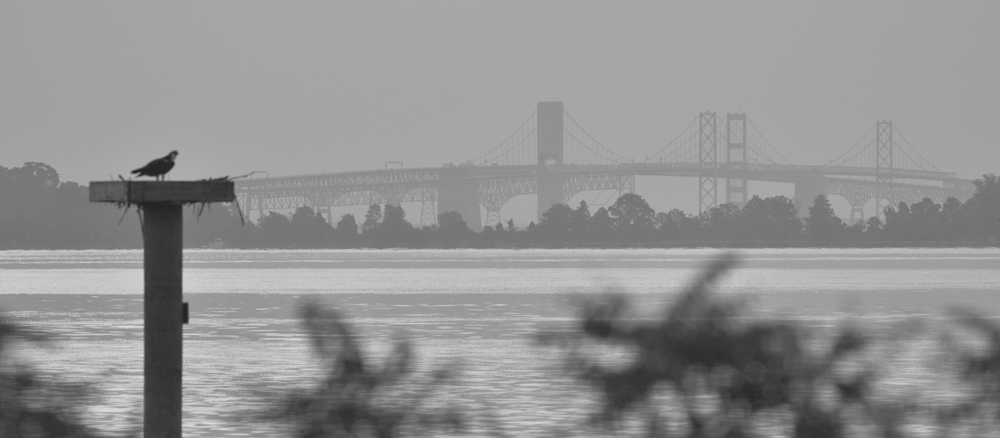It’s been a couple pf very slow days on the bird watching front.
I went to the Eastern shore yesterday without getting a single decent shot. Today wasn’t much better, with only some squabbling geese to watch. Where are the ducks?


It’s been a couple pf very slow days on the bird watching front.
I went to the Eastern shore yesterday without getting a single decent shot. Today wasn’t much better, with only some squabbling geese to watch. Where are the ducks?
It was cloudy and warming this morning, so I canceled my plan for the Eastern Shore and went to Sandy Point. Ducks were scarce, but the Sanderlings were still around.
I stopped at Quiet Waters also, but there was too much ice and no water birds at all.
Thomas Point had a lot of ducks and swans, as well as a cooperative eagle.
I managed to get out yesterday, but it wan’t much of a day, with few images.
Today I started at Sandy Point, which was slow, then Jonas Green, which remains barren. Ducks have been very scarce this year.
Graeme and I journeyed to Blackwater this morning. And found lots of good birds. We were surrounded by eagles at one point, and found a number smaller birds.
A quick trip to Oakley Street in Cambridge was well rewarded with close up ducks.

Cornell:Two scaup species live in North America: the Greater Scaup prefers salt water and is found in America and Eurasia, while the Lesser Scaup prefers freshwater and is found only in North America. The Lesser Scaup is one of the most abundant and widespread of the diving ducks in North America

Cornell:An aptly named diving duck, the Redhead can be easily identified by its bright red head and gray back. Many female Redheads make no nests of their own, but instead lay their eggs in the nests of other ducks.

Cornell:One of the few birds found almost exclusively in the United States, the Brown-headed Nuthatch is restricted to the pine forests of the southeastern states. A small but declining population is also found in the Bahamas.

Cornell:The Bald Eagle has been the national emblem of the United States since 1782 and a spiritual symbol for native people for far longer than that. These regal birds aren’t really bald, but their white-feathered heads gleam in contrast to their chocolate-brown body and wings. Look for them soaring in solitude, chasing other birds for their food, or gathering by the hundreds in winter. Once endangered by hunting and pesticides, Bald Eagles have flourished under protection.

Cornell:North America’s littlest falcon, the American Kestrel packs a predator’s fierce intensity into its small body. It’s one of the most colorful of all raptors: the male’s slate-blue head and wings contrast elegantly with his rusty-red back and tail; the female has the same warm reddish on her wings, back, and tail. Hunting for insects and other small prey in open territory, kestrels perch on wires or poles, or hover facing into the wind, flapping and adjusting their long tails to stay in place. Kestrels are declining in parts of their range; you can help them by putting up nest boxes.